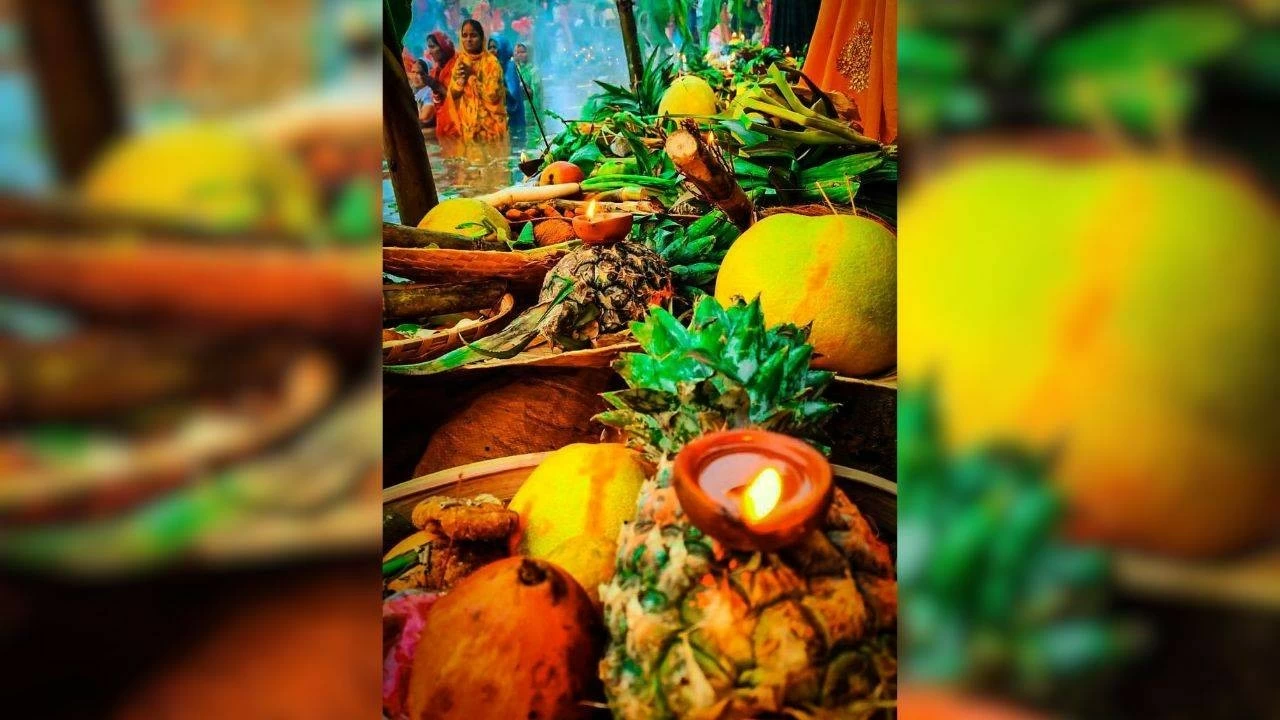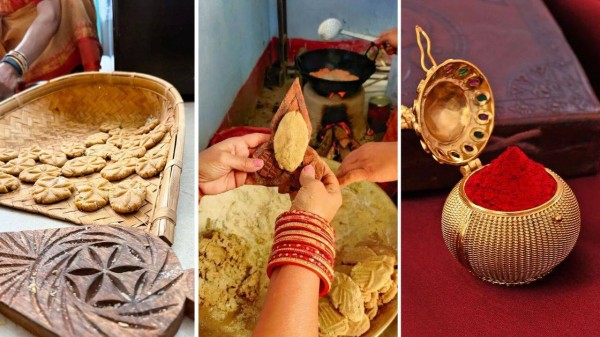

By signing in or creating an account, you agree with Associated Broadcasting Company's Terms & Conditions and Privacy Policy.


By signing in or creating an account, you agree with Associated Broadcasting Company's Terms & Conditions and Privacy Policy.

New Delhi: Chhath Puja, the significant Hindu festival, isn’t just a ritual of offering arghya to the rising and setting sun. The four-day festival, which started on October 25 and will continue till October 28, is also a celebration of faith, feminine continuity and patience. In many homes across Bihar, eastern Uttar Pradesh and Jharkhand, women have kept alive a heart-touching custom. That is passing down the Chhath Puja vow or a sankalp to perform the puja every year. However, not only vows but women also pass down items such as soop, daura, lotta and sindoor boxes to the next generation.
This custom isn’t written, but it’s a heartfelt tradition that symbolises the handing over of both devotion and duty. Over time, these humble items have become heirlooms, carrying the memories and stories of previous generations, who once stood in the water to pray for their families. As daughters and daughters-in-law step into that same ritual space, they inherit not just objects but a living legacy of faith. Here are the essentials that deserve to be heirlooms.

1. Soop and daura
Made of bamboo or date-palm leaves, the soop and daura are the woven symbols of gratitude which hold the offerings such as fruits, sugarcane and thekua. In many households, these are reused for decades, carefully repaired and decorated each year. When an older woman stops performing the vrat, she often hands her soop to her daughter.
2. Brass lotta or kalash
These shining metal pots hold water for arghya and represent purity. Families often treasure a single lotta for generations, polishing and preserving it. Handing it down signifies the continuation of faith and the shared responsibility of offering prayers to the Sun God.
3. Sindoor box and mirror
Used during solah shringar before the evening arghya, the sindoor-dani, mirror and bangles hold deep emotional value. Many women keep a distinct set used only for Chhath.
4. Ritual dupatta or saree border
In some families, the ritual dupatta or saree used for arghya-daan is preserved for years. Mothers often give a piece of their border to daughters or daughters-in-law, who stitch it into their own puja attire, continuing the cycle of blessings.
5. Notebook of songs and recipes
From thekua recipes to Chhath geet, these handwritten notes are living documents of heritage. The creased pages and smudged oil marks tell stories of countless dawns and dusks of worship.
This custom of passing down Chhath Puja items lives in the hearts and memories, in careful hands that wrap brass vessels in red cloth. Through these heirlooms, women gift not just things, but continuity, a bridge between generations held together by devotion and discipline.








